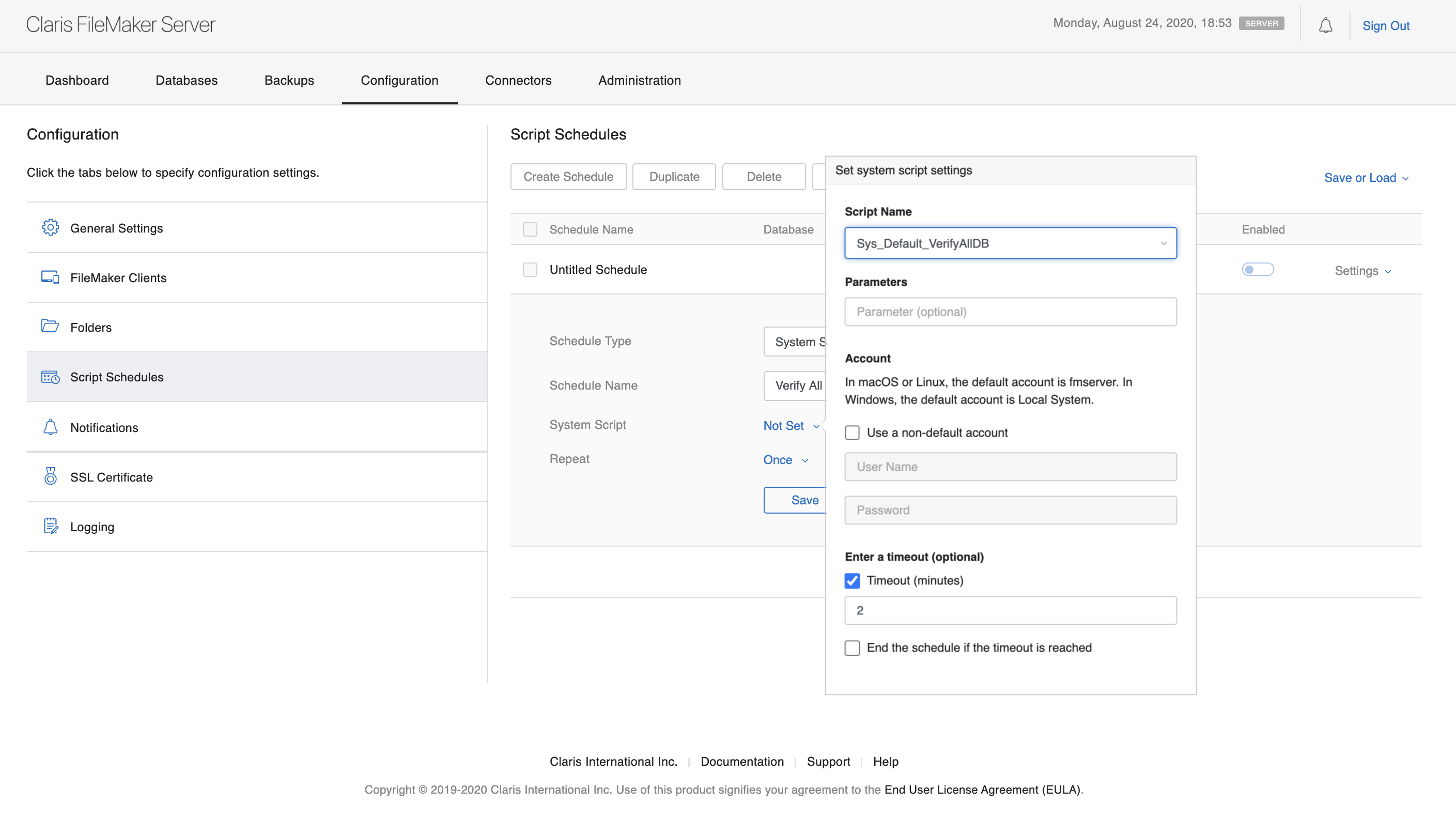
Filemaker, filemaker pro, filemaker pro download, filemaker server, filemaker cloud, filemaker 19, filemaker free, filemaker pro advanced, filemaker database, filemaker pro 19, filemaker pro free download, filemaker pro 18, filemaker pro for macThe MAC address is a 12 digit hexadecimal number. Turns out there is one more item needing attention, since the default app registration manifest is missing a setting we need.The ODBC and JDBC client drivers support when used with FileMaker Pro and FileMaker Server Advanced.Filemaker Pro Advanced 12 Torrent Windows filemaker pro advanced 12 torrent windows. Here’s where I hit a bit of a hitch however. Where to get the Tenant ID however wasn’t obvious, but I eventually found one way to get it was by going to App registrations, then Endpoints and extracting the tenant ID from that. Save the secret key you are given, you’ll need that for the FileMaker configuration screen.īefore I go further, notice that the Azure will use terms like “Application ID”, but the FileMaker screen is using “Azure Client ID”, but otherwise the values should be fairly clear. With the basic app registration completed, we next create some API access keys. Enter the name you want to give the registration, leave the Application type as Web app / API, and add in the sign-on URL we got from FileMaker. Since we obviously need some values from Azure at this point, let’s log in to the Azure portal, selecting Azure Active Directory, then App registrations, and click on the New application registration button at top. In the screen shot below you’ll also see the placeholder text for the values we’ll need from Azure. Note that since the sign-on URL is specific to that server, each server will need its own App Registration in Azure.

Azure will want the “Sign-on URL”, but if we check the FileMaker configuration screen we only see a “redirect” URL. The first issue was largely one of nomenclature. In order to set this up I hit a couple of minor complications, which I’m going to cover here. In this instance, I needed to set up a FileMaker Cloud server to use a company’s directory accounts, which were hosted at Azure. In addition to the more typical external authentication methods, FileMaker supports client authentication using OAuth accounts from Google, Amazon, and Microsoft.


 0 kommentar(er)
0 kommentar(er)
